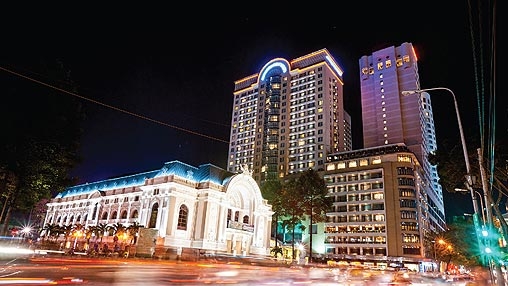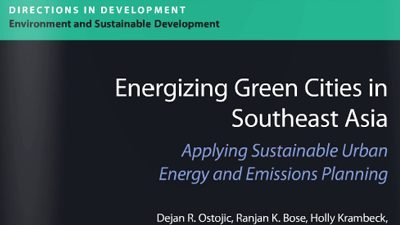September 12, 2013 - Cities account for about two-thirds of the world’s annual energy consumption and about 70 percent of global greenhouse gas (GHG) emissions. In the coming decades, urbanization and income growth in developing countries are expected to push cities’ energy consumption and GHG emissions shares even higher.
The East Asia and Pacific region is experiencing unprecedented rates of urbanization and population growth. In cities where the majority of people still lack basic infrastructure services and where city authorities lack resources to shift current consumption and emission trajectories, these challenges are keenly felt by millions of people every day.
Energizing Green Cities in Southeast Asia: Applying Sustainable Urban Energy and Emissions Planning offers a blueprint for how EAP cities can be transformed into global engines of green growth by choosing energy-efficient solutions to meet their infrastructure needs.
The book presents sustainable urban energy and emissions planning – or SUEEP – as a framework to enable collaboration among municipal governments, stakeholders, private investors and financing institutions to achieve green growth objectives at the city level. It also includes step-by-step guidance on the SUEEP framework as well as a toolkit to help city administrators and planners develop their own energy and emissions plans.
Case studies in three pilot cities—Cebu City in the Philippines, Da Nang in Vietnam, and Surabaya in Indonesia—illustrate how sustainable urban energy and emissions planning (SUEEP) can help identify and prioritize green investments across all major infrastructure sectors.
The book urges national and municipal governments to reform institutions, build capacity, and strengthen energy planning and governance to mainstream energy efficiency on a citywide scale and introduce low-carbon policies in fast-growing cities in the EAP region, which will define the region's energy future and its GHG footprint.


